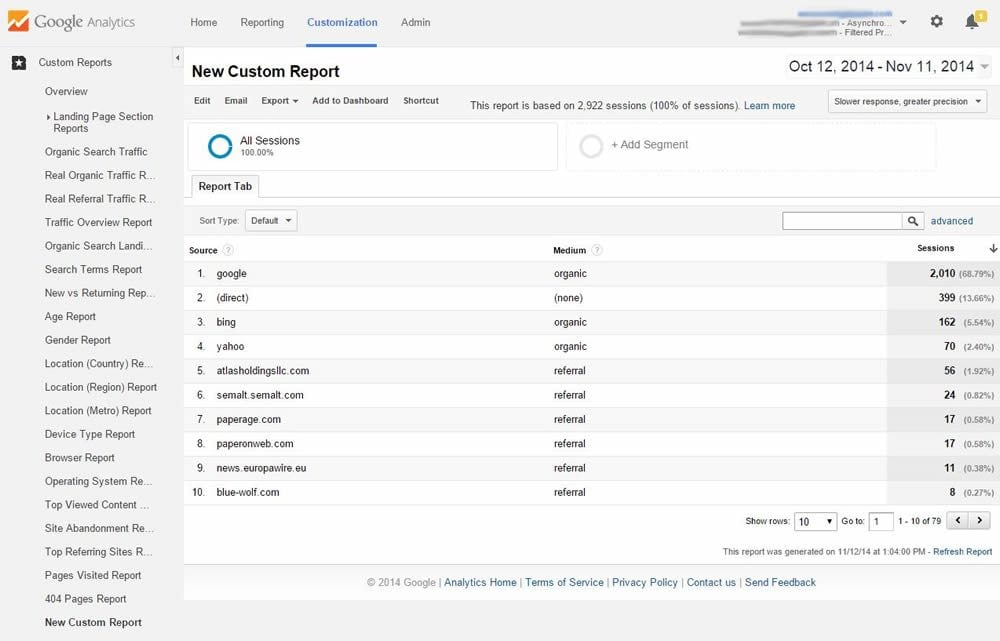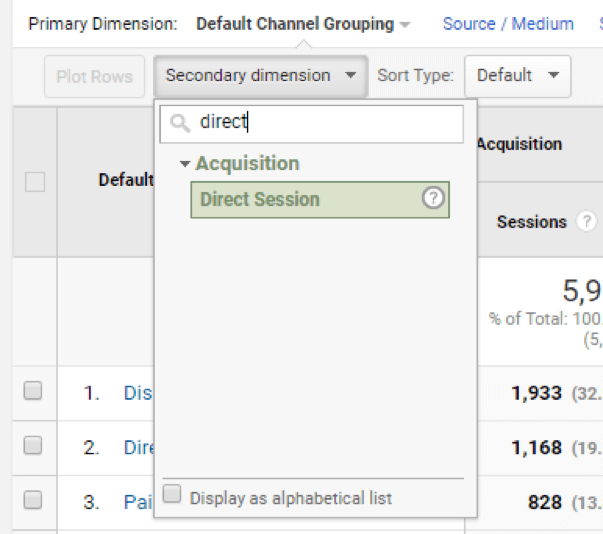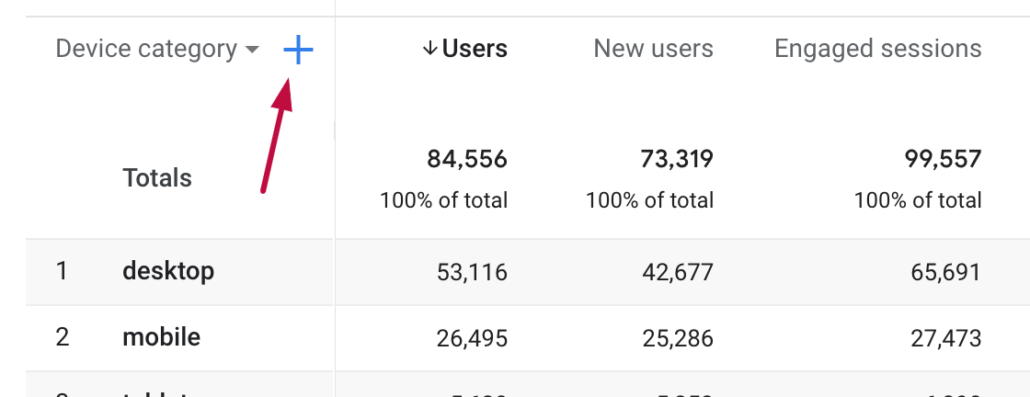Comprehensive Insights Using Secondary Dimension in Google Analytics
Comprehensive Insights Using Secondary Dimension in Google Analytics
Blog Article
Enhance Your Information Analysis Utilizing Secondary Measurement in Google Analytics
Discovering the capabilities of additional dimensions in Google Analytics opens up a realm of opportunities for refining data analysis. By layering extra dimensions onto main information collections, a more detailed narrative emerges, shedding light on user communications and efficiency indications.
Comprehending Additional Measurements
In the world of information analysis, a crucial facet to understanding is the concept of secondary measurements and their significance in drawing out deeper insights from Google Analytics reports. Additional dimensions in Google Analytics refer to additional criteria that can be added to the primary measurement, enabling a much more comprehensive analysis of data. By integrating additional dimensions, analysts can segment and filter information to discover patterns, fads, and relationships that could not appear when taking a look at the information all at once. These second dimensions can provide context and a more detailed understanding of user behavior, web traffic sources, and other key metrics tracked by Google Analytics.

Benefits of Making Use Of Second Measurements
When examining information in Google Analytics, the usage of secondary measurements supplies important understandings into customer habits and performance metrics. By including an additional measurement to your main information, you can dig deeper right into the characteristics of your internet site site visitors and their interactions. Among the crucial advantages of utilizing second dimensions is the ability to segment and compare data more effectively. This division allows you to recognize how different variables, such as demographics or traffic resources, influence customer behavior and conversions (Secondary Dimension in Google Analytics).
Furthermore, additional dimensions assist in recognizing patterns and correlations that might not be right away evident when checking out the data in isolation. This much deeper level of analysis can discover important information that can guide marketing approaches, website optimization, and general service choices. Furthermore, additional measurements improve the context of your primary data, offering an extra thorough view of customer interaction and efficiency metrics. On the whole, the usage of additional measurements in Google Analytics can substantially improve the depth and high quality of your my website data analysis, causing even more educated decision-making and improved outcomes.
Exactly How to Include Second Measurements
By including secondary measurements in Google Analytics, users can obtain deeper insights right into their information evaluation process, allowing for more detailed assessment of individual habits and performance metrics. Including second measurements is an uncomplicated process that can significantly enhance the depth of analysis. Once in the report, locate the "Secondary measurement" tab above the data table.
Analyzing Information With Secondary Dimensions
Utilizing secondary dimensions in data analysis supplies a much more comprehensive understanding of individual actions and efficiency metrics. By adding a second dimension to your main data established in Google Analytics, you can dive much deeper right into the features of your web site site visitors and their communications. Incorporating the key measurement of 'source/medium' with the additional dimension of 'touchdown web page' can expose which specific web pages are bring in website traffic from different sources, assisting you enhance these web pages for much better involvement.

Essentially, analyzing data with second measurements empowers you to acquire important understandings right into user behavior, identify trends, and make educated choices to enhance the efficiency of your digital properties.
Ideal Practices for Secondary Measurements
In data evaluation, incorporating second dimensions successfully can considerably improve the depth of insights acquired from metrics and user actions patterns. When try here utilizing additional dimensions in Google Analytics or any kind of other logical tool, it is essential to stick to finest methods to make sure the accuracy and relevance of the data evaluation.
One secret ideal method is to meticulously select additional measurements that complement the main measurement being examined. Choosing second measurements that give additional context or more segmentation can provide a more detailed understanding of the information. It is additionally vital to stay clear of overcomplicating the analysis by consisting of way too many secondary dimensions, which may bring about complication or dilution of insights.
Additionally, it is suggested to experiment with different mixes of key and secondary measurements to discover new correlations and patterns. Frequently assessing and improving the choice of additional measurements based upon the certain objectives of the evaluation can bring about more actionable insights. By complying with these ideal techniques, information experts can utilize second measurements successfully to improve the total data evaluation process and decision-making capacities.

Final Thought
Finally, including second dimensions in Google Analytics is vital for a thorough information evaluation strategy. By leveraging second measurements alongside key ones, analysts and online marketers can discover useful understandings and correlations that can inform decision-making and maximize digital marketing methods. Comprehending how to successfully make use of the original source second dimensions and following ideal practices will allow specialists to draw out purposeful information and boost their overall performance metrics.
Second dimensions in Google Analytics refer to added criteria that can be included to the main dimension, allowing for a more thorough analysis of information. By integrating additional measurements, analysts can sector and filter information to reveal patterns, patterns, and connections that might not be noticeable when looking at the information as a whole. Integrating the main dimension of 'source/medium' with the second measurement of 'landing page' can expose which particular web pages are attracting traffic from various resources, assisting you maximize these pages for far better interaction.
One key ideal technique is to thoroughly choose additional measurements that match the key dimension being assessed. By following these finest practices, data experts can leverage additional measurements successfully to enhance the general information analysis process and decision-making capabilities.
Report this page